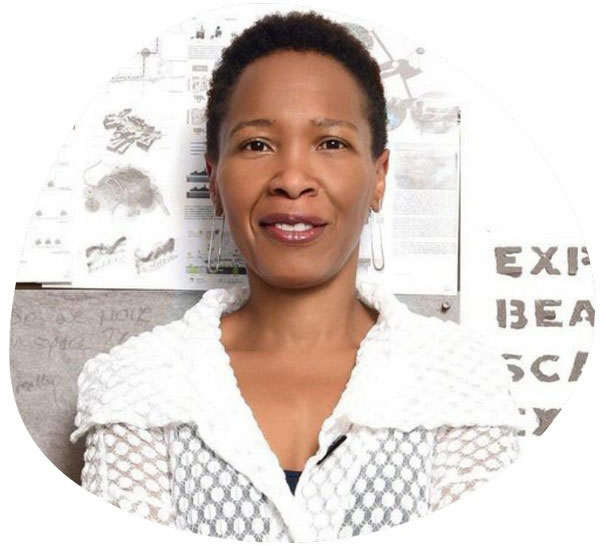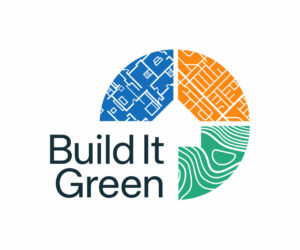Hosted by:

June Grant
Founder and Design Principal of blink! LAB architecture
June leads blink!LAB architecture, a research-based architecture and design studio committed to the craft of buildings, their potential to enhance cities and develop socially responsible solutions to complex real-world problems.


